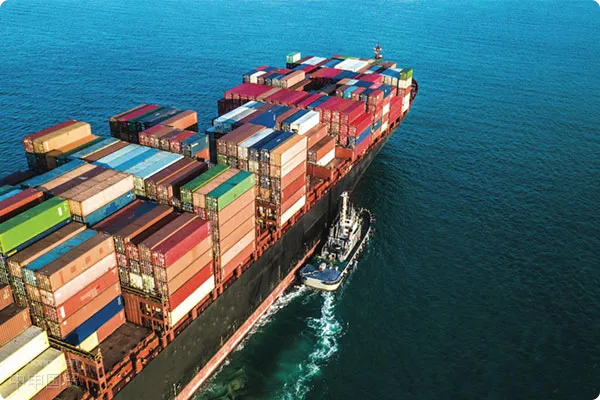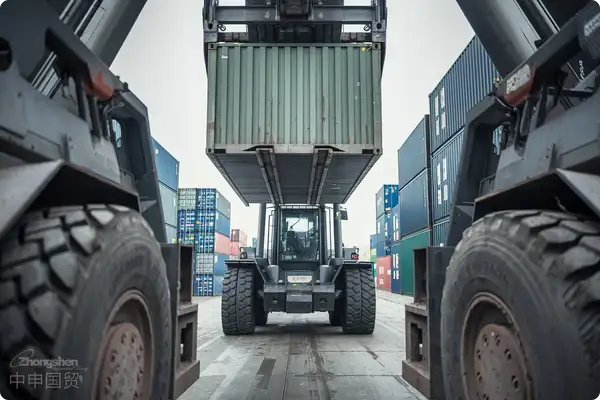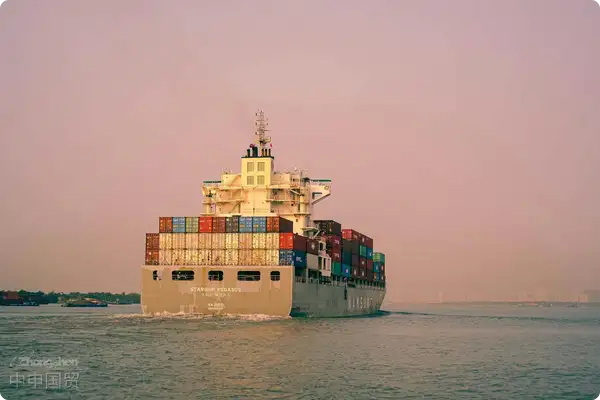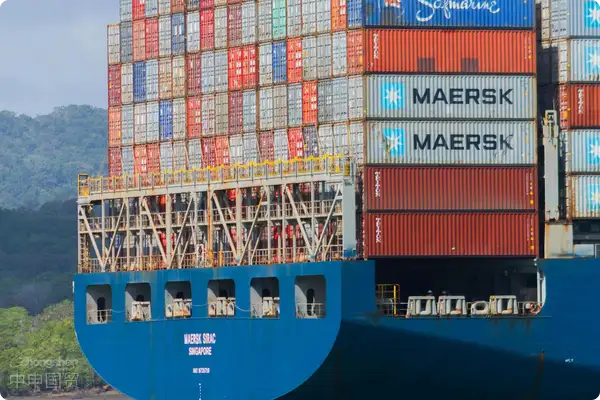- Shanghai Zhongshen International Trade Co., Ltd. - Two decades of trade agency expertise.
- Service Hotline: 139 1787 2118

The UKequipment. For example, Indonesia has the SNI certification, Thailand has the TISI certification, and the Philippines has the BPS certification. It is necessary to confirm in advance the equipment voltage (such as 380V/50Hz in Thailand), the compatibility of the CE certification, and the proof of environmentally friendly materials.Three special challenges
After the UK customs implemented a new access system for mechanical equipment in 2025, the import complexity increased significantly. According to the statistical data of Her Majestys Revenue and Customs (HMRC), the number of customs clearance delay cases caused by document problems in 2025第一季度 increased by 37% year - on - year. Among them, three typical challenges are particularly prominent:
- Dynamic and changing UKCA certification requirements
- Specific industrial equipment needs to add safety warning signs.
- The test standard for power tool products has been updated to BS EN 62841.
- High - incidence area of tariff classification disputes
- Adjustment of the classification principle for multi - functional equipment
- Risk of separate declaration for electromechanical integrated devices
- Hidden threshold of customs clearance timeliness
- The inspection rate of construction machinery at the Port of Liverpool has increased to 18%
- The approval cycle for temporary import licenses has been extended to 15 working days
Value realization path of professional agents
A case of CNC machine tool import shows that professional agents help enterprises save £238,000 in costs through the following methods:
- HS code optimization plan
- Split the equipment into the main unit (8458.11) and the control system (8537.10) for separate declaration
- Apply for tariff reduction using EU - origin accessories
- Technical document pre - processing system
- Identify the missing safety protection instructions in the drawings in advance
- Automatically generate an appendix to the operation manual that complies with BS standards
- Emergency plan reserve
- 40 standard expressions for handling sudden customs classification doubts
- 72 - hour urgent inspection response process
Screen high - quality service providers from four dimensions
By comparing the service agreements of 12 agencies, it is recommended to focus on:
- Dispute Resolution Method
- Having on - site offices in Felixstowe and Southampton
- Priority level of being equipped with Commonwealth - certified engineers
- Risk prevention system
- Liability assumption clause for incorrect declaration
- Data update frequency of the compliance traceability system
- Cost control tools
- Version iteration record of the tariff simulation calculator
- Successful cases of the temporary import (ATA) scheme
Typical issue response strategies
When encountering customs classification disputes, professional agents usually adopt a three - level response mechanism:
- First response (within 24 hours)
- Submit the prepared document package of classification rationality explanations
- Initiate the customs pre - ruling application procedure
- Technical consultation (3 - 5 working days)
- Arrange local British technical experts to participate in the hearing
- Provide endorsement documents from third - party testing institutions
- Legal remedies (dispute resolution)
- Apply for administrative reconsideration in accordance with Article 14 of the Customs Law
- Prepare a complete chain of evidence for tax court litigation
Related Recommendations
Contact Form
? 2025. All Rights Reserved. Shanghai ICP No. 2023007705-2  PSB Record: Shanghai No.31011502009912
PSB Record: Shanghai No.31011502009912










